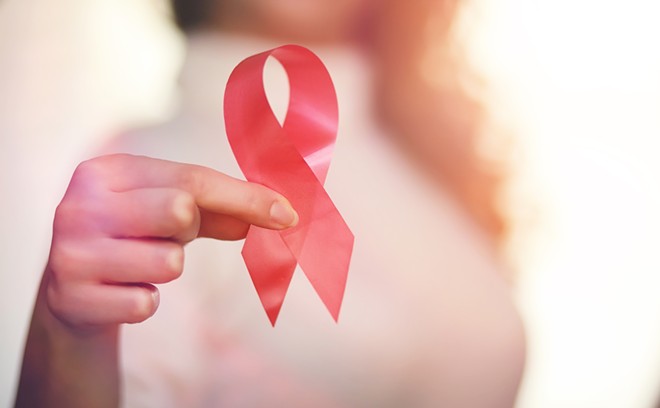
(Adobe Stock)
At the start of 2020, nearly 25,000 Ohioans had been diagnosed with HIV, according to state data.
CLEVELAND, Ohio — Today marks World AIDS Day, observed internationally to remember those lost to the HIV/AIDS epidemic and raise awareness about the disease.
In one of Ohio's most populous counties, health professionals are working to ensure people living with HIV have the services they need. Cuyahoga County's "Ryan White HIV/AIDS Part A" program has provided health services to those who do not have adequate insurance or financial resources since 1996.
Zach Levar, grant supervisor for the Cuyahoga County Board of Health, said one silver lining of the pandemic was learning how providers could reach more people through telemedicine.
"Clients that may not have wanted care in person might have found it a little bit more convenient to FaceTime with their doctor and check in with them that way," Levar explained. "Our clients have definitely appreciated it, we've heard anecdotally that different clients that may have been out of care are now linked to care because they've been able to access via telehealth."
Twenty-one percent of Ohioans who have been diagnosed with HIV live in Cuyahoga County, according to state data.
Levar said in honor of World AIDS Day, the county Board of Health has launched its first newsletter dedicated to HIV-related news and resources. It also plans to launch a social media campaign to help fight the stigma associated with HIV/AIDS.
Services the Ryan White program provides in the Greater Cleveland area include help applying for housing and benefits support, mental health resources, and group education for people recently diagnosed. Levar said the Board of Health has received two grants focused on HIV care and prevention, to help connect with at-risk residents.
"We've started working with the state to figure out who is not in care and trying to figure out ways to best reach those individuals," Levar outlined. "Figure out what their barriers are, really meet them where they are, and get them engaged in care, so that they can achieve the best health outcomes for themselves."
The two grants, totaling about $2 million, were awarded by the Health Resources and Services Administration and the Centers for Disease Control and Prevention.

